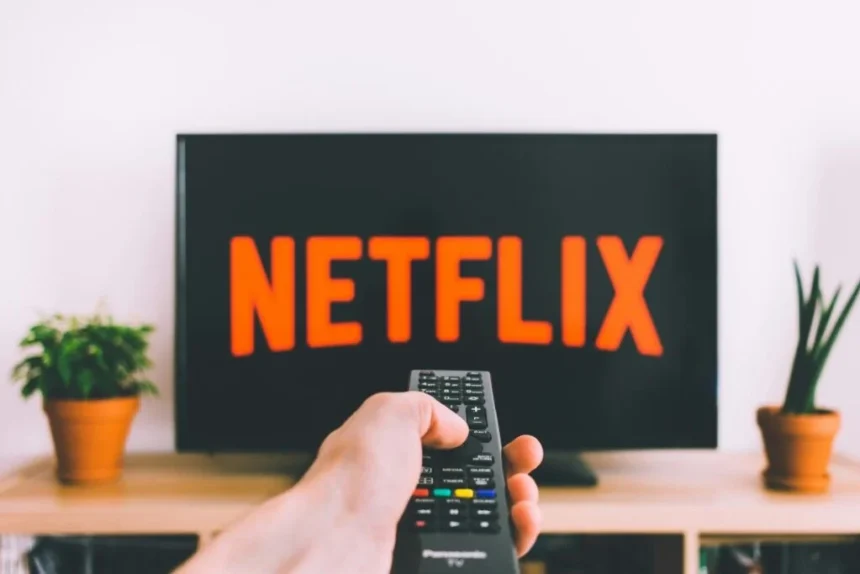The way we watch TV has changed. We’re dropping traditional TV services in favor of streaming and the numbers don’t lie; traditional TV subscribers have taken a sharp decline over the last ten years. In response to this, ads are changing too. The old model of scheduled commercial breaks during live broadcasts is simply one option for ads today.
The change in TV has also changed how ads are delivered and even what constitutes an advertisement in the first place. Let’s take a look at this evolution of TV ads and what it could mean for the future of TV advertising.
The Decline Of Traditional TV Ads
For decades traditional TV reigned supreme as America’s favorite form of entertainment. Advertisers paid premium prices for prime-time ad slots, targeting as many people as they could. This model worked well back when viewers had limited TV options and their schedules revolved around catching their favorite shows at a specific time. However, since the invention of streaming services like Netflix, DIRECTV, Hulu, Dish TV, Amazon Prime Video and Disney+ has disrupted everything.
Streaming platforms offer viewers the freedom to watch what they want, when they want and often without the interruption of ads. Depending on the service and the plan the viewer subscribes to of course. This shift has led to the sharp decline in traditional TV viewership, forcing those in the advertising industry to rethink their ads and strategies. The younger generations don’t want to sit around the TV to wait for their favorite shows or want to put up with nonsense ads for a product that aren’t necessarily a good fit for them.
The Rise Of Streaming Ads
As streaming services gained popularity, they also recognized the untapped potential for targeted advertising. Unlike traditional TV ads, streaming ads can be much more personalized and relevant to individual viewers and households. All made possible through data analytics and viewer insights.
For example, Netflix, Hulu and Disney+ all have an ad supported plan where subscribers can access their content at a lower price point in exchange for watching these ads. These are often targeted based on the information the platforms have on the viewer such as their preferences, viewing history and demographic information. This high level of personalization increases the likelihood of viewer engagement and overall ad effectiveness.
New Ad Formats
Now with streaming, there’s no need to always have the standard 20 second commercial. Now, advertisers have a bunch of options to choose from like these:
Dynamic Ads: In this type of ad, ads are inserted into content in real time. This makes it possible to tailor ads to the content’s context.
Interactive Ads: These ads encourage viewer interaction, turning passive viewers into active participants in the ad. It can be something as simple as a clickable element, mini games or short surveys that engage the viewer and provide data advertisers want.
Shoppable Ads: With these ads, viewers can purchase products directly from the ad. Streaming platforms like Amazon Prime Video have figured out how to make this format work, enabling seamless transitions from viewing to buying the product and back.
Ad Supported Free Streaming: Most streamers are familiar with this concept. Free services like Peacock, Pluto TV and Tubi offer free content supported by ads. This model allows streaming platforms to make money without charging viewers directly.






